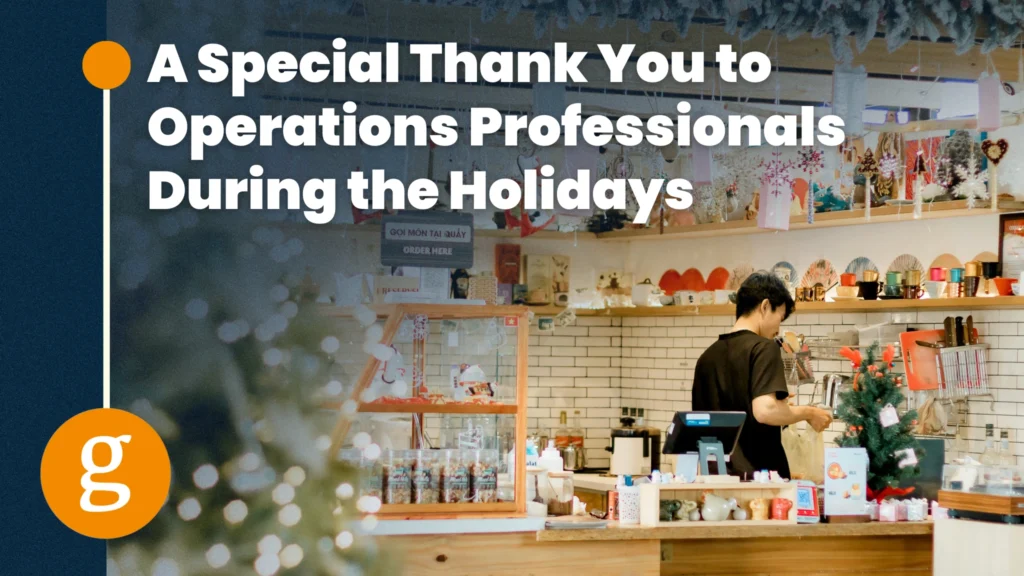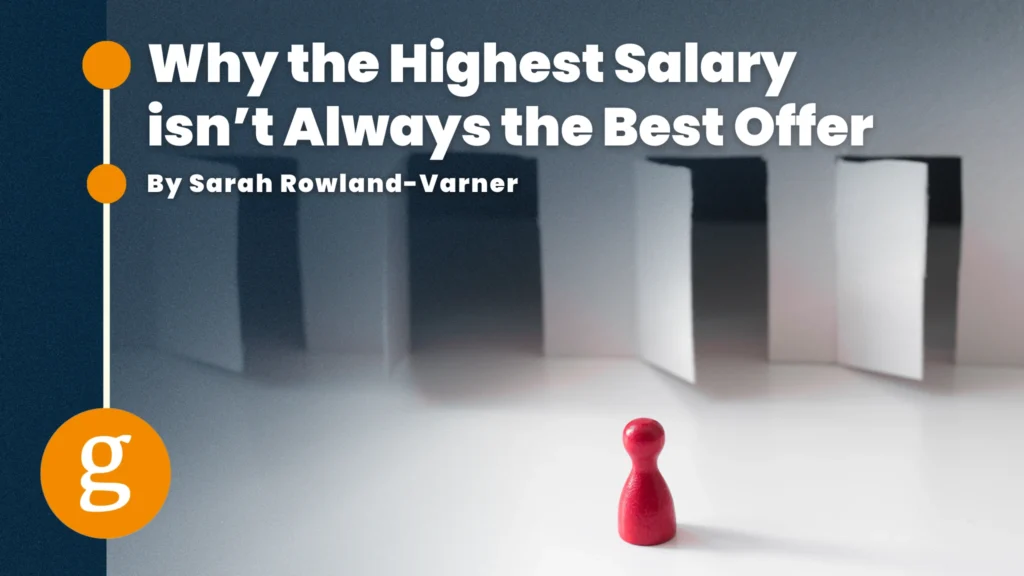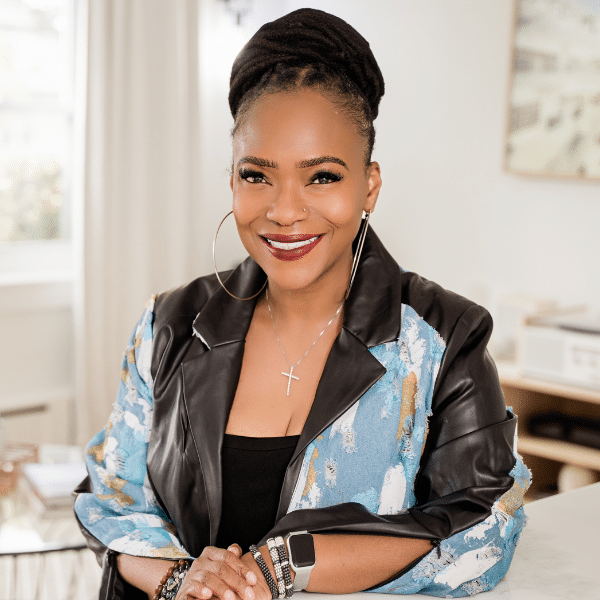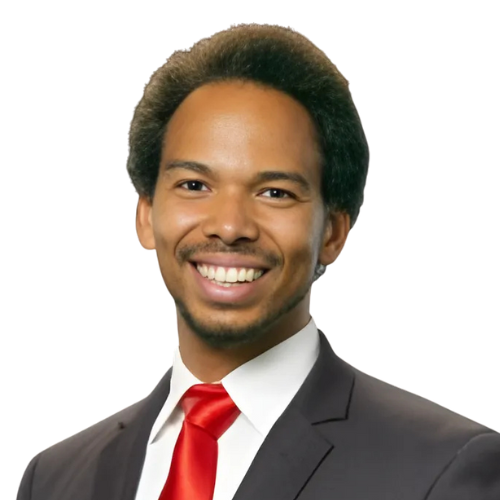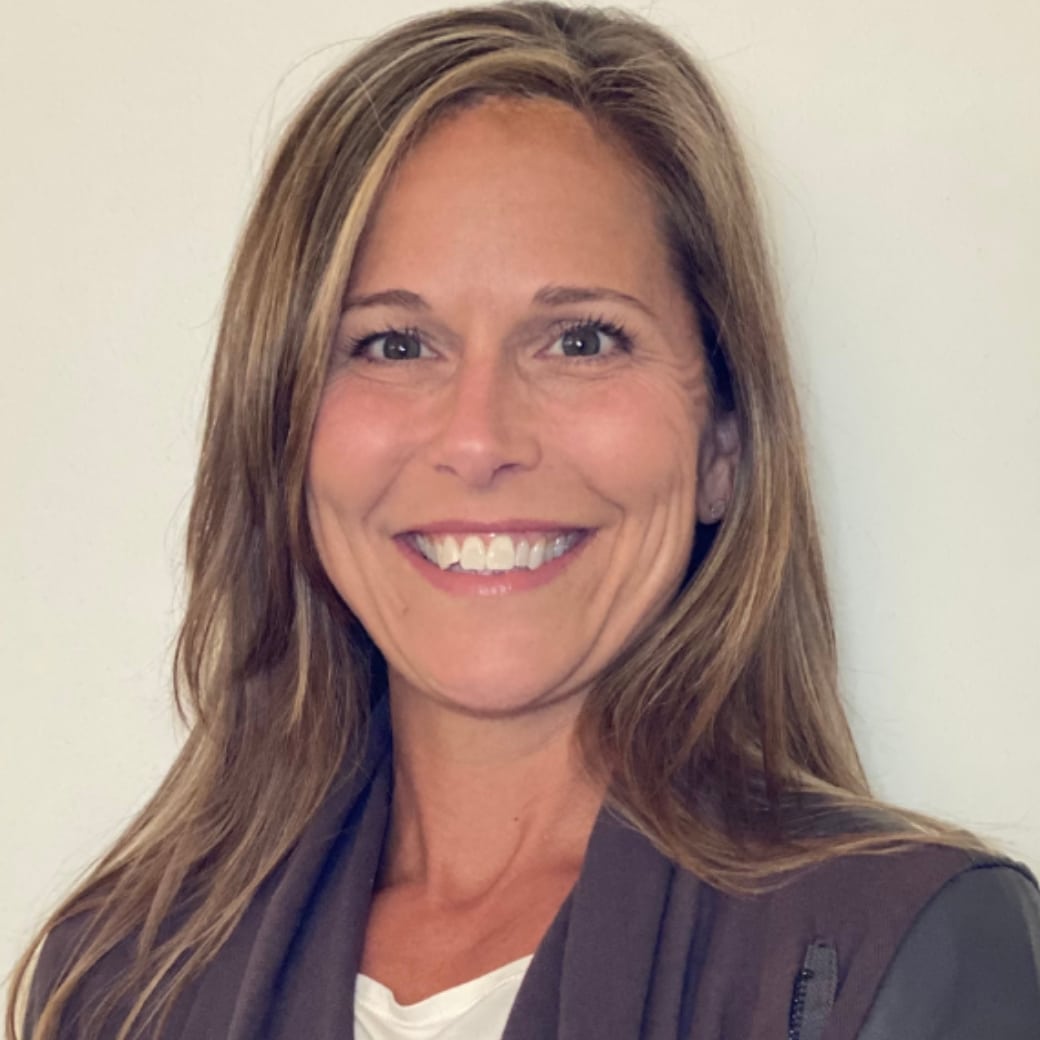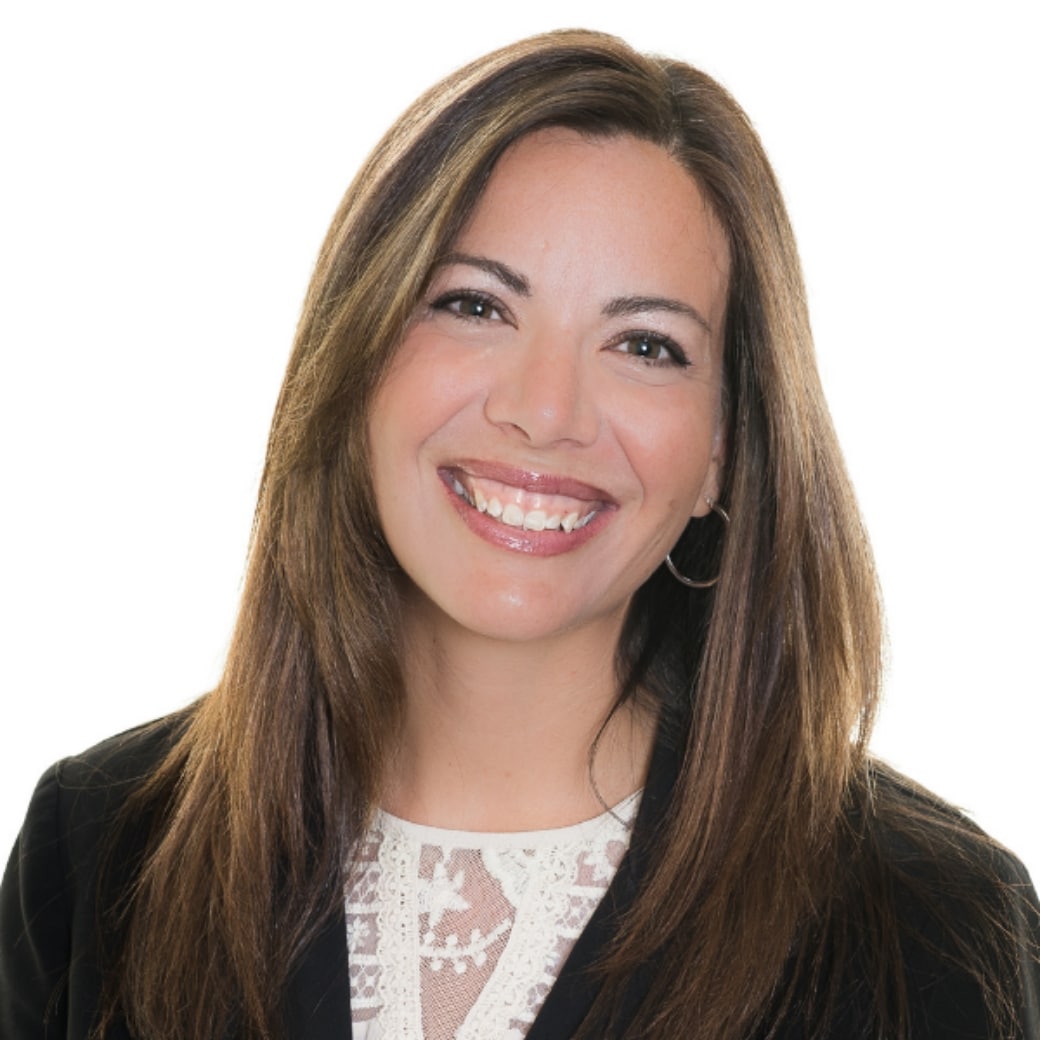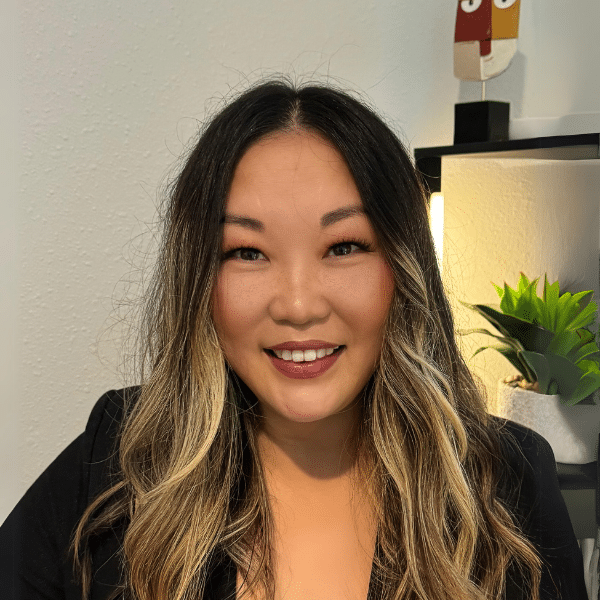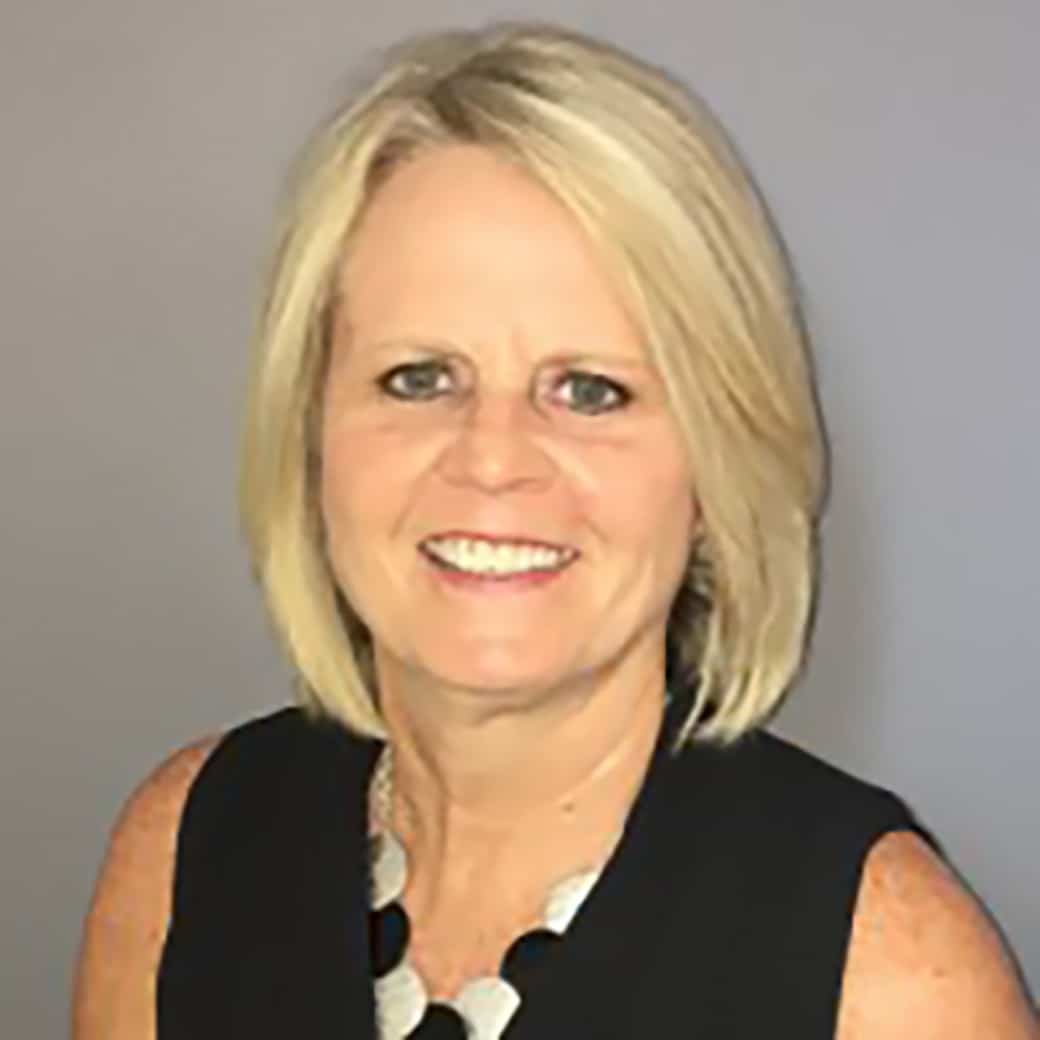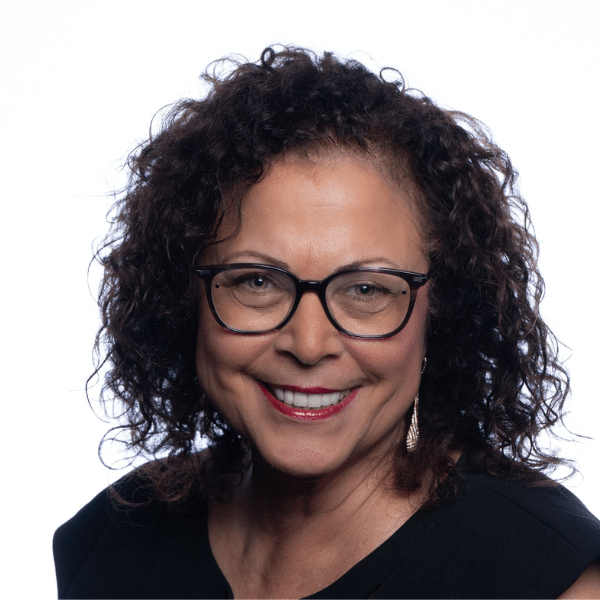The Power of a Multigenerational Workforce
Jim Newcomb | Hiring Advice, Leadership, Opinion, Opportunity for All | August 4, 2022
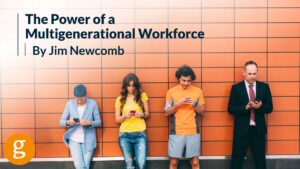
You may be thinking that this will be yet another article about how to adapt and modify a workplace or working arrangements to better accommodate younger workers. Rest assured, it’s not. It’s about the benefits of generational workforces.
With the entry of the youngest employees into the workforce and more people choosing to continue working past the traditional retirement age, there are four – in some workplaces, even five – generations showing up to work. This being the case, it’s essential to make the workplace as suitable as possible for everyone.
I believe we can go one step further. I think the best possible workplace sees value in including a variety of generations, taking advantage of the many benefits that come as a result.
The benefits of a multigenerational workforce
Benefits, you say? Absolutely. With a broad range of experience, competencies, and skill sets that people of different generations bring to the workplace, your organization can generate better ideas from individual perspectives and diverse teams. A multigenerational workplace allows you to create more mentoring and learning opportunities and builds a better pipeline for leadership talent down the road.
When prospective employees see others on your team who are like them, this greater mix of ages increases your ability to recruit others across multiple generations. A multigenerational workforce also gives you a greater ability to understand and relate to a broader range of customers.
The five generations present in the current workforce, oldest to youngest, are:
- Traditionalists or the Silent Generation or Post War, born 1925-1945
- Baby Boomers, born 1946-1964
- Generation X, born 1965-1980
- Millennials (aka Generation Y), born 1981-2000
- Generation Z, born 2001-2020
Set aside the stereotypes
Naturally, there are differences between these generations, including their respective views of work ethic, the role of work in their lives/work-life balance, their communication styles, and more. There are many places where you can find information on these generational differences, so I won’t rehash them here.
It’s helpful to put those stereotypes aside because, in many cases, preconceived notions about age groups can perpetuate problems. For some organizations, stereotypes limit their access to talent pools if they only consider candidates from certain generations for some roles (for example, only looking at younger employees for positions in technology). And some organizations also limit the way they build teams, whereas cross-generational pairings can result in better problem-solving and more innovation.
As Michael Dimock, president of Pew Research Center, says, “Generations are a lens through which to understand societal change, rather than a label to oversimplify differences between groups.”
Instead of focusing on differences and creating divisions, great workplaces recognize every employee as an individual who has unique, valuable skills and experiences. They identify the biases that are in place, then do what they can to dispel them, nurturing inclusion instead. Then, they create opportunities for cross-generational knowledge sharing across the whole workplace.
4 ways to build a better workplace
Below are four aspects to consider for organizations wanting to build a better workplace for all generations and attract and retain great employees who possess a wide range of life and work experience:
1) Employee Value Proposition: When you communicate your brand and company culture to prospective employees, does it reflect the range of employees you want to attract? In the photos and videos on your website and social media platforms, are age and other aspects of your current workforce apparent? Does your benefits package have the flexibility to support employees across a wide range of life stages?
2) Recruiting and Hiring: When you look at your job descriptions and postings, are there hidden forms of age discrimination? Phrases like ‘digital native’ and ‘recent grad’ indicate that a younger employee is preferred. Be cautious with ranges of experience as well, in which a capped experience range can rule out older employees. Even minimum experience requirements can be problematic because some employees can become proficient more quickly than others. In addition to sending a message that you don’t intend, some of these descriptors can be illegal if they constitute age discrimination.
3) Team Building: When assigning people to work together, do you take advantage of the opportunity to create multigenerational teams? More seasoned employees bring wisdom and the value of lived experience to teams, while less experienced employees bring a fresh perspective and sometimes more efficient ways of solving problems. All of these attributes contribute to better decision-making and competitive advantages. Rather than assume people of similar generations work best together, leverage your valuable human capital by intentionally creating cross-generational powerhouses.
4) Accommodations for Different Generations: Many more experienced employees prefer to communicate by phone, in person, or by email. Younger employees generally gravitate to the immediacy of text messaging and readily use familiar chat formats (as in applications like Teams and Slack, for example) to stay in touch with colleagues and work. Some older employees prefer the routine of regular hours and enjoy being in the physical office. Many younger employees seek flexibility to work from somewhere other than an office and, at times, during non-traditional work hours. None of these preferences are inherently better or worse, but to what extent can your organization provide the opportunity for everyone to work and communicate in ways that work best for them, increase employee engagement, and make them more productive?
“What unites us is far greater than what divides us.” – President John F. Kennedy, 1961
Just as among the individuals who make up each generation, there are differences, similarities, and exceptions to every rule. A great workplace celebrates that individuality and looks for ways to unite, connect, and build bridges between everyone.
Share This Article



